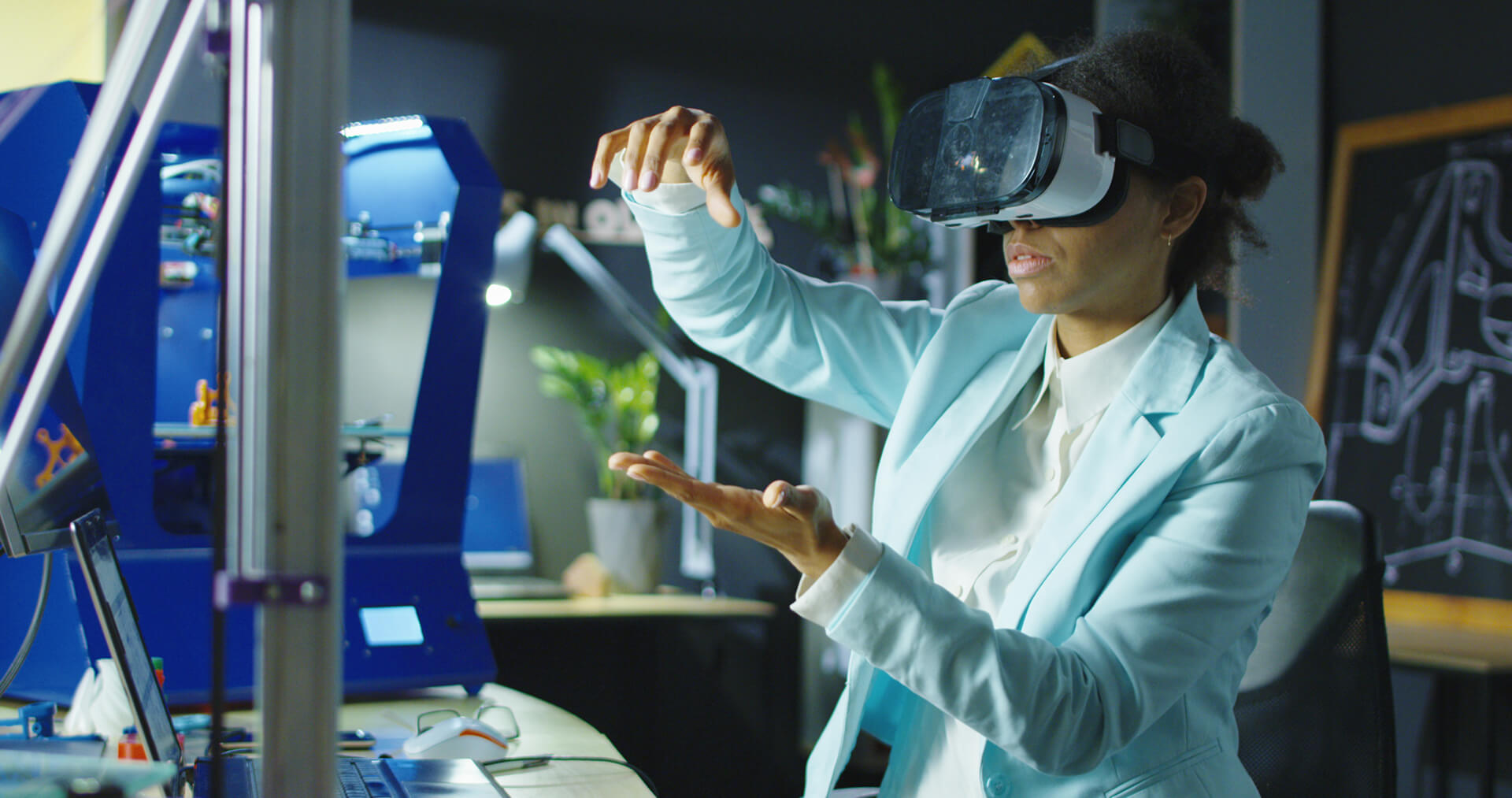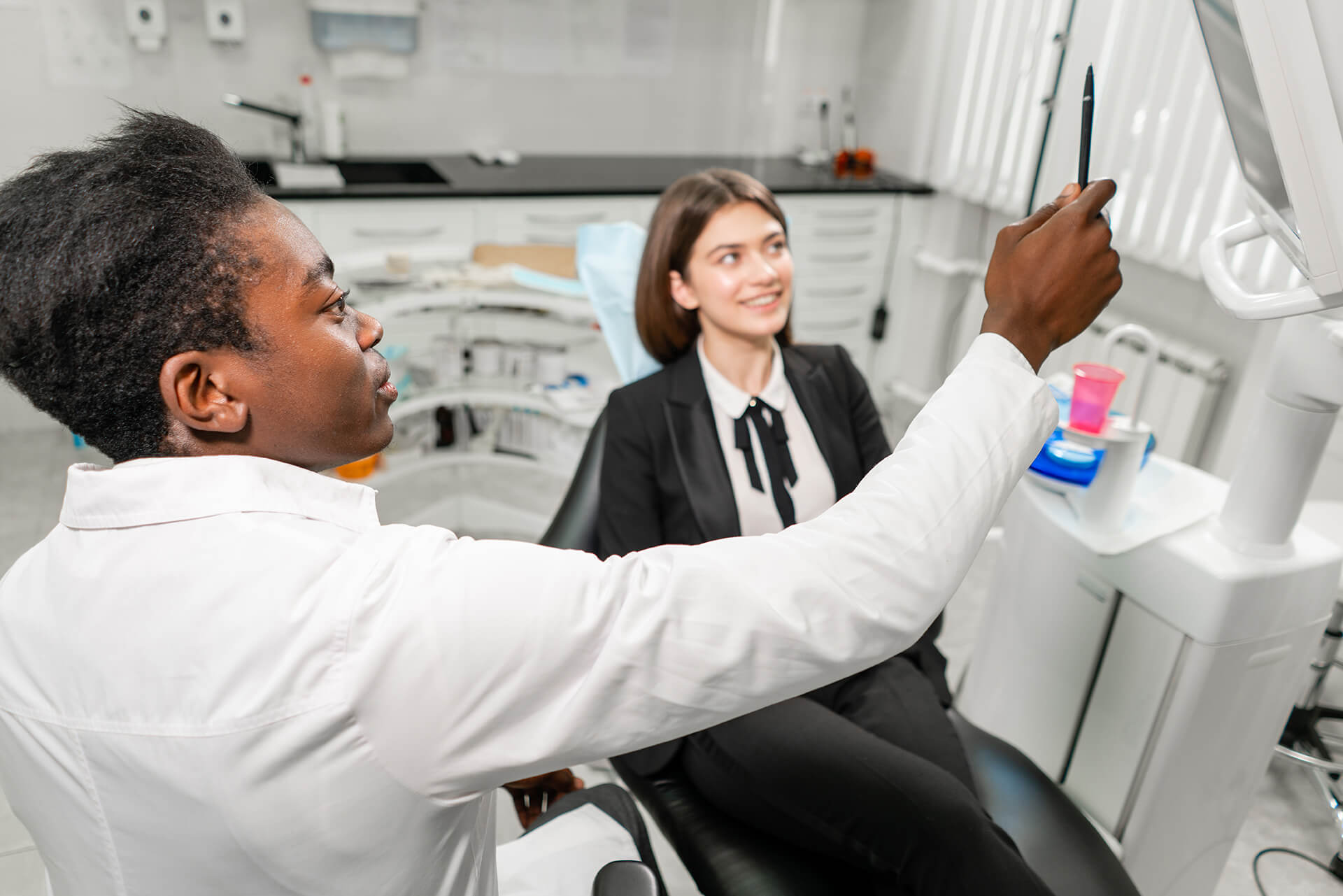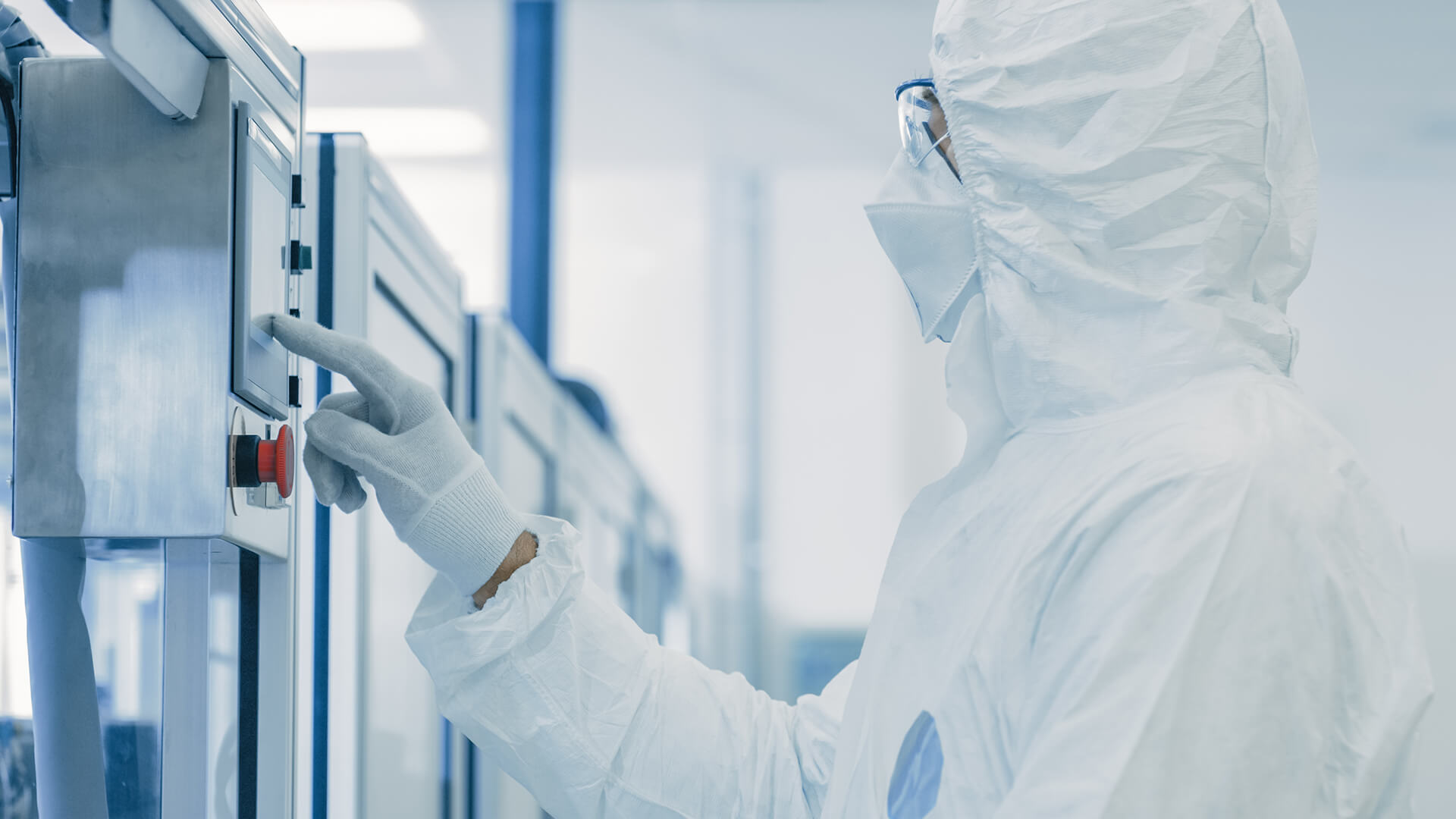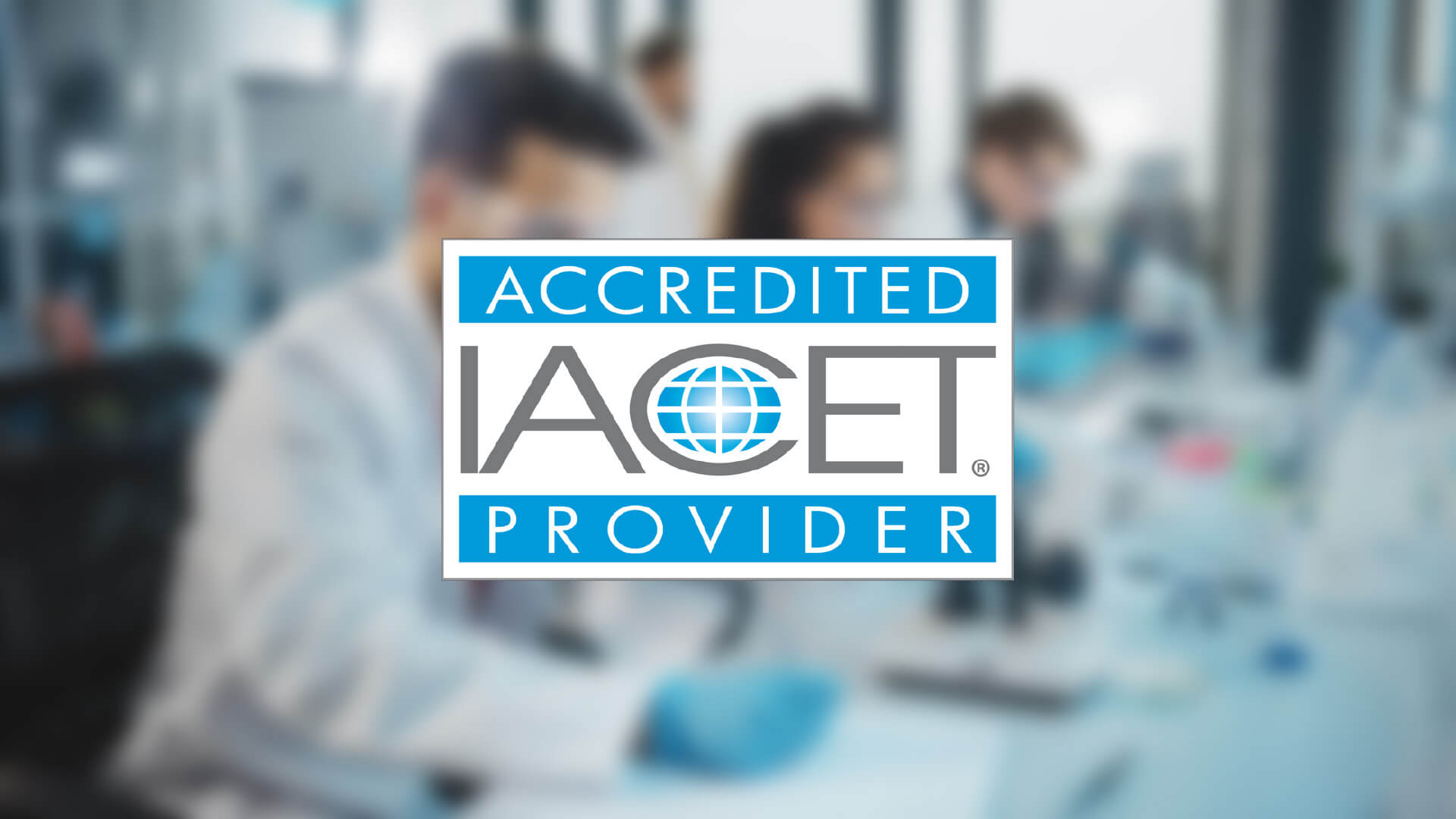
In sterile pharmaceutical manufacturing, precision isn’t optional—it’s the foundation of every process, every product, and ultimately, every patient outcome. Yet even the most advanced facilities can struggle to maintain consistent performance if their workforce training doesn’t keep pace with evolving regulatory expectations and technologies.
Implementing a comprehensive educational platform—one that combines structured learning, data-driven tracking, and immersive simulation—can transform how organizations build and sustain workforce competency. The right system doesn’t just deliver training; it ensures mastery, reinforces compliance, and fosters a culture of quality that directly impacts operational reliability.
From reducing human error to improving audit readiness and workforce confidence, a well-designed training platform can redefine what “good manufacturing practice” truly looks like in the modern sterile environment.
3 Key Ways an Effective, Comprehensive Educational Platform Transforms Sterile Manufacturing
1. Builds Consistent, Measurable Competency
In sterile operations, training variability is a risk. A comprehensive training platform provides standardized instruction across roles and departments—ensuring every employee receives the same quality of education.
- Digital learning modules document progress and competency in real time.
- Assessments verify understanding before operators perform tasks in classified areas.
- Refresher training can be assigned automatically when procedures or regulations change.
This consistent approach reduces the likelihood of human error, supports reproducible results, and creates a verifiable record of training history—critical during audits or regulatory inspections.
2. Strengthens Compliance and Audit Readiness
Regulatory agencies emphasize the importance of continuous, documented training. A robust educational system provides clear traceability and assurance that each individual is trained and qualified for their role.
- Centralized dashboards allow training leaders to monitor compliance status instantly.
- Electronic records align with data integrity and 21 CFR Part 11 requirements.
- Training gaps can be identified early, reducing the risk of audit findings or observations.
When training data is transparent and accessible, organizations gain confidence in their state of control and readiness for inspections at any time.
3. Enables Continuous Improvement and Workforce Engagement
Education in sterile manufacturing should never be static. Modern platforms allow organizations to collect data on learner engagement, performance, and feedback—turning training into an evolving, measurable process.
- Analytics help identify trends in performance across shifts, facilities, or roles.
- Engaging learning methods, such as virtual simulations, help employees retain skills more effectively.
- Continuous feedback loops encourage accountability and reinforce a culture of learning.
These insights empower organizations to continuously refine both their training approach and their operational processes, driving long-term performance improvement.
Conclusion
Implementing a proper educational platform in sterile pharmaceutical manufacturing is more than an investment in technology—it’s an investment in people and quality. By aligning learning with regulatory expectations and operational needs, companies can build a workforce that is not only compliant, but confident, consistent, and capable of sustaining excellence in one of the industry’s most critical environments.










